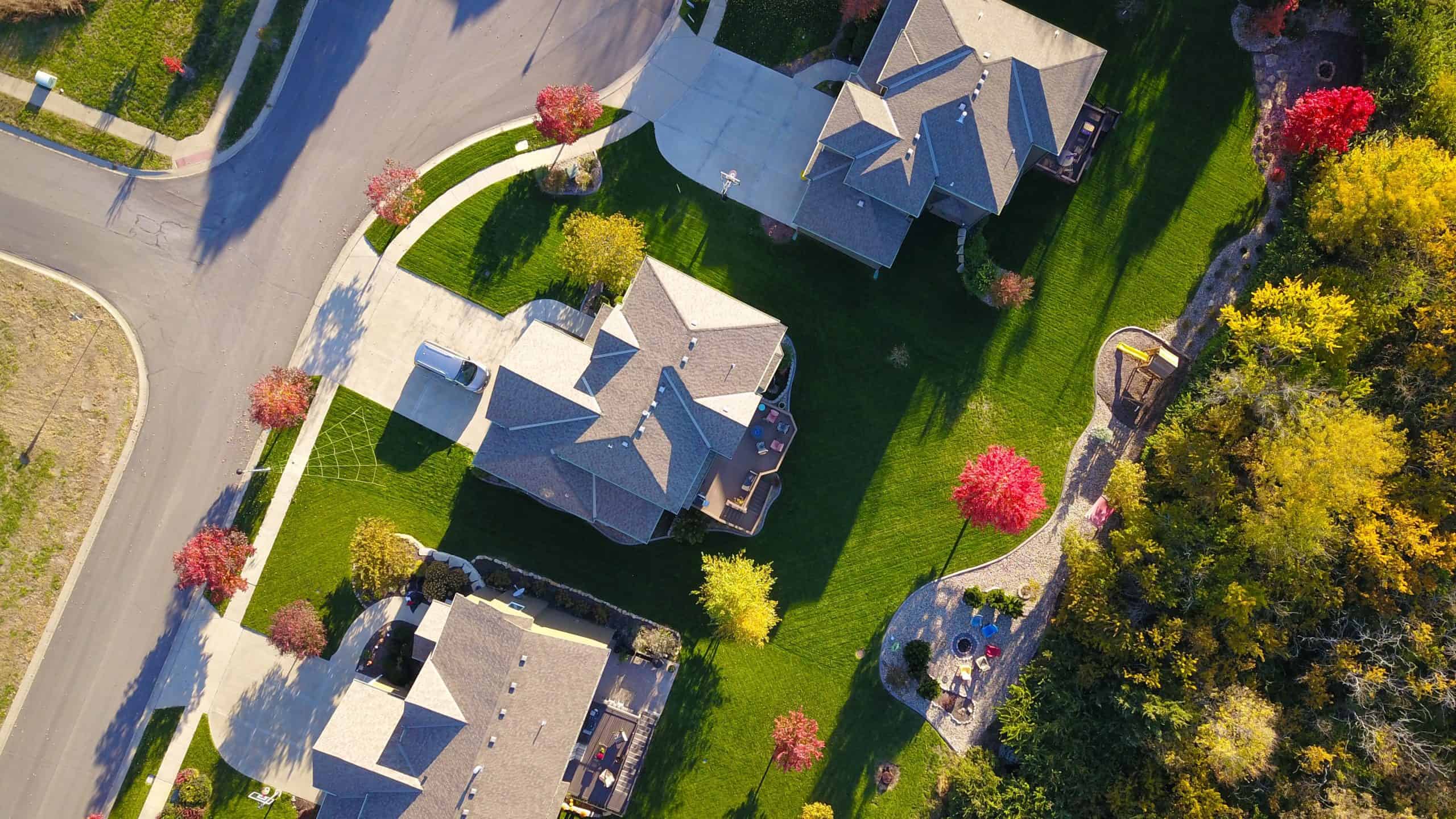Homeownership Decline to Propel Rental Resiliency
The homeownership rate has risen the past three consecutive years. But evidence now points to 2020’s steep income drops sparking a move away from owning a home. Coming years should see declining homeownership rates, bringing increased demand for renting.
These are among findings of new research by Middleburg Communities exploring U.S. renting patterns. Middleburg Communities’ VP of Research Patrick Lynch analyzed past and present housing data to determine the impact of 2020’s pandemic-fueled shocks on rates of homeownership, which can have large impacts on rental housing demand. The precipitous income falloff seen in 2020, along with tighter lending and an ongoing negative impact on the net worth of households, should stifle a rebound in homeownership rates, Lynch wrote in his report “Decline in Homeownership Rates Will Boost Rental Demand.”
APARTMENTS RESILIENT
Specifically, the report projects homeownership rates declining to 62.1 percent. That would be the lowest rate in two decades. A partial recovery to 63.6 percent would come in 2025.
Given 2018’s estimate of 121.5 million U.S. households, a 1 percent shift from owning to renting brings a shift of 1.2 million households from for-sale to rental housing. The lower homeownership rates will mean greater demand for rental housing. The report forecasts rental housing demand increasing by 33 to 49 percent through 2025.
Two months ago, another report by NMHC also noted declining homeownership rates.
“People often talk about the resilience of multifamily apartments in recessions,” Lynch told Multi-Housing News. “We think this shift from homeownership to rentals is one of the reasons why apartments have been resilient in the past, and why they will be this time too.
“Not to minimize the challenges the industry certainly faces in the near term, but if the forecast is true, apartment operators should begin to see fewer move-outs by residents buying a house, and more interest from owners or people who had planned to own. It’s a bit of positive news for the industry in a tough economy.”
INCOME AND OWNERSHIP
A strong correlation exists between household income and homeownership rates, one consistent for years. The 19 million jobs lost due to the pandemic as of the report’s writing suggest a household income decline, at least in the short term.
Assuming income distribution in 2020 will plummet to where it was in 2012—the year real median household income reached its post-Great Recession bottom—but will rebound to 2019 levels by 2023, the result will be a temporary but dramatic decline in homeownership rates. The drop in homeownership should supply a silver lining for the rental housing industry, despite COVID-19’s negative effects. Homeownership declines should grow incremental demand for rental housing between 33 and 49 percent from 2020 to 2025, as compared with demand that would have been generated by household formation alone.
Rapid growth in rents won’t be the result in the short term. But, the report concludes, the trends should boost the resiliency of the rental housing industry during the downturn.
Source: multihousingnews.com
















 Accessibility
Accessibility